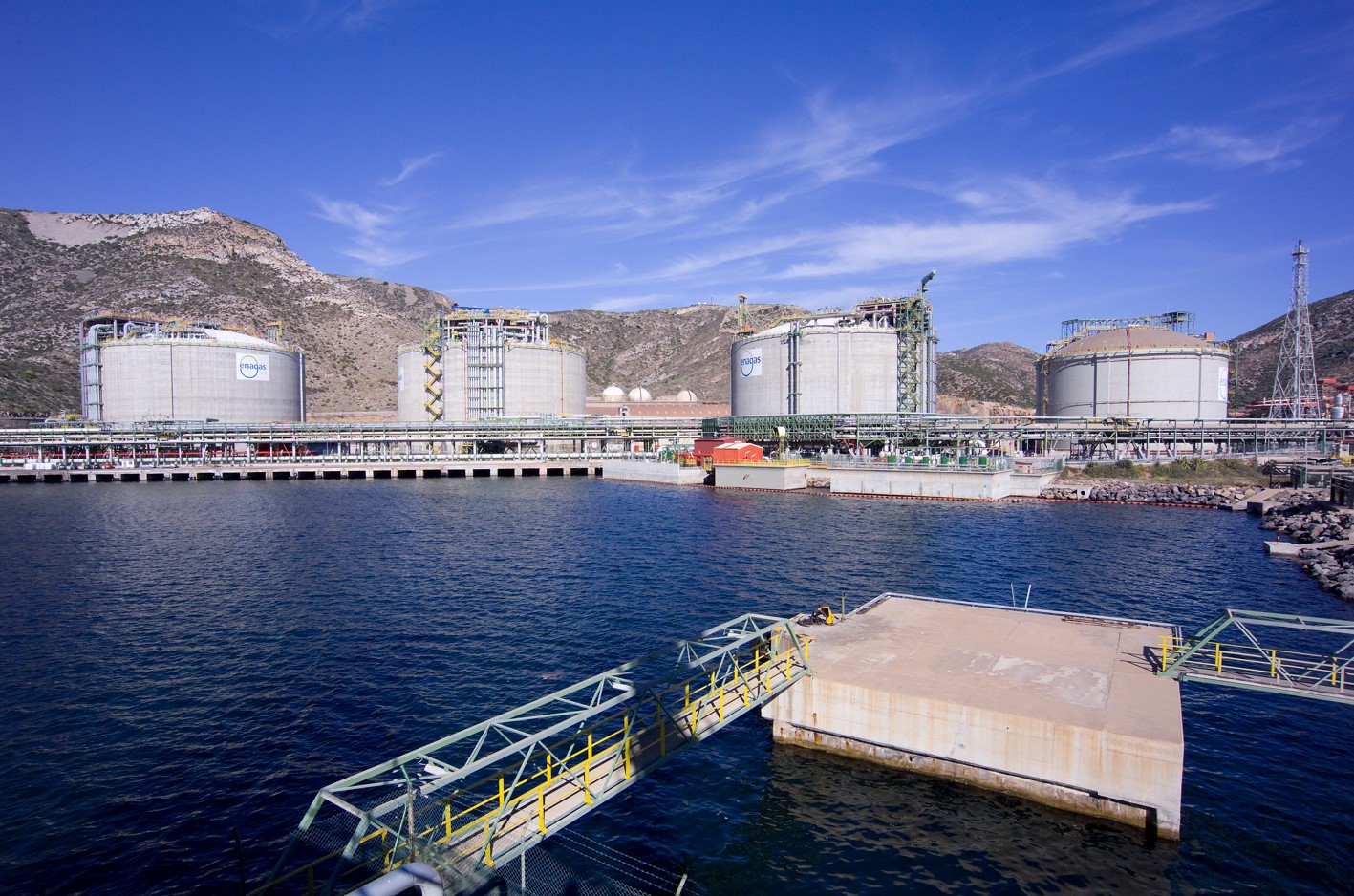Spanish LNG imports rose by 11.9 percent in November while reloaded volumes increased by 29 percent when compared to the same month last year, according to the country’s LNG terminal operator, Enagas.
LNG imports reached about 26.5 TWh in November, or 76.4 percent of the total gas imports. In October, LNG imports reached some 23.7 TWh.
Including pipeline imports from Algeria and France, gas imports to Spain reached about 34.7 TWh last month, down from some 36.6 TWh in November last year, Enagas said in its monthly report.
Gas demand in November dropped when compared to the same month last year. Demand for power generation declined by 25.7 percent year-on-year to 9.5 TWh last month while conventional demand dropped by 32.1 percent to 18.4 TWh, the LNG terminal operator said.
Enagas operates a large network of gas pipelines and has four LNG import plants in Barcelona, Huelva, Cartagena, and Gijon.
It also owns 50 percent of the BBG regasification plant in Bilbao and 72.5 percent of the Sagunto plant while Reganosa operates the Mugardos plant.
Enagas is working to launch its El Musel LNG facility in Gijon with the capacity to unload and load 100 carriers per year.
The six operational Spanish LNG regasification terminals unloaded 30 cargoes last month, six shipments more compared to the same month last year, according to Enagas.
US remains the biggest supplier of LNG to Spain with some 7.15 TWh or about 20.6 percent of the total gas and LNG imports in November. US LNG supplies dropped slightly from 7.25 TWh last year, the data shows.
LNG volumes from Russia reached some 5.95 TWh, a jump from 3.60 TWh in November last year, while volumes from Nigeria rose from 3.88 TWh in November last year to 4.74 TWh last month, the data shows.
Other LNG sources in November include Trinidad and Tobago, Oman, Qatar, Egypt, and Peru, Enagas said.
Spanish LNG terminals loaded about 1.99 TWh in November, a rise compared to 1.54 TWh last year.
The Cartagena LNG terminal reloaded about 1.19 TWh of LNG, followed by Barcelona with about 0.44 TWh.
Also, the number of truck loads at the LNG terminals dropped by 27.6 percent year-on-year to 932, the data shows.

